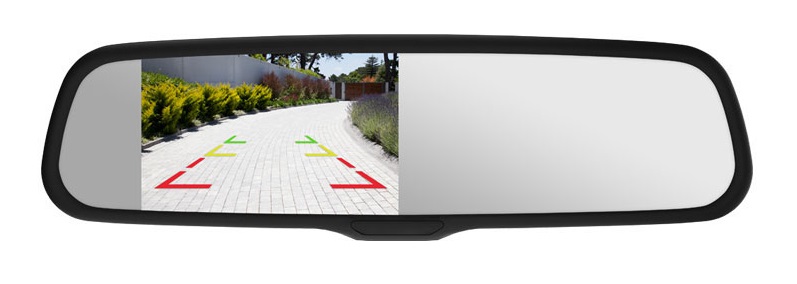Local Backup Camera Installation
Backup cameras are a vital feature for driving these days. They have proven to be so useful that they have been federally mandated to be a standard feature on all vehicles sold after 2018. However, if you have a vehicle prior to that year, you are not guaranteed to have such a great tool at your disposal when tackling Boston traffic. Thankfully, there are plenty of options when it comes to backup camera installation. With many aftermarket opportunities, you can easily add a backup camera to your vehicle and reap the benefits of better rearview visibility.

Features
Functionally, backup cameras are quite similar, but there are some minute differences in their performance and much bigger differences in how they attach to your vehicle and display their video feed.
Looking at the cameras themselves, they will all tend to have a wide-angle view of around 165-170 degrees to provide an all-encompassing view. While the image will look slightly distorted due to the wide angle, it’s crucial that the view be wide in order for you to see everything as you back up. Some backup cams might have narrower views below 120 degrees, which is considered too narrow for many.
Another nice additional feature is night vision. Nightvision is not a standard feature on many backup cameras, but it can really help give you a better picture in low-light situations.

Backup Camera Connection
When considering a backup camera installation, it’s important to figure out how you want the camera to connect to your system.
- Wired. The most standard connection type, wired backup cameras, will have wires run along the car to your stereo or other display.
- Wireless. In recent years, wireless backup cameras have been introduced. While they do not require a connection to your radio, they still need to have their power cables routed, meaning they aren’t truly “wireless.” Additionally, their display connections can be interfered with, leading to poor or no video.
Backup Camera Display
Your backup camera will need a way to display what it sees. There are a few ways that your backup camera can connect to your dashboard.
- Original Radio. Some OEM radios may have the necessary connections to install a rearview camera.
- Aftermarket Radio. If you current radio doesn’t support a backup camera connection, we can also perform a new radio installation so that you can have a car stereo with a backup camera fully integrated.
- On-Dash Display. Some backup cameras will come with a display of their own that you can set on top of your dashboard.
- Rearview Mirror. A rearview mirror backup camera will feed the display to your rearview mirror. Depending on the model, the display can take up half the mirror or the whole length. When not in use, the mirror functions as normal.
Backup Camera Mounting
Finally, you can install a backup camera in many different ways. Not every vehicle has the same curves and body panels, so the mounting of the camera will vary depending on what car you have and how discreet you want the backup camera to be.
- Bracket-Mounted. A backup camera sits on bracket that is then attached to the vehicle.
- Flush-Mounted. Flush-mounted backup cameras attempt to better blend in with the curves of your vehicle so as to not stick out too much.
- License Plate Frame. A popular choice for many are license plate backup cameras. These cameras hide within your license plate frame, eliminating the need to mount it to the body.
- OEM. If your car had a backup camera as an option, it may be possible to find the OEM part that fits exactly your model.
Upgrade Your Backup Camera System
Embora uma câmera de ré possa aumentar seriamente sua experiência de dirigir, você ainda pode fazer algumas adições que elevarão ainda mais o sistema, principalmente quando se trata de estacionamento.
Backup Sensors
It’s always great to have a redundancy in place. While a backup camera screen can provide visual information, car backup sensors can give you auditory feedback regarding any obstacles.
These little circular sensors are installed across your bumper; typically, four sensors are enough to provide adequate coverage. As you back up your vehicle, these sensors send ultrasonic waves that bounce off any obstacles and back toward the sensor. Based on how long it takes these waves to come back, the sensor will be able to tell if an object is near or far.
As an object comes into range, the sensors will send information to an installed interior speaker that will begin to beep. As you get closer to an obstacle, the beeping will speed up, letting you know you are approaching something.
Used in conjunction with the backup camera, backup sensors can give you greater awareness of what’s behind you. Additionally, these sensors can also be installed in the front bumper to alert you of anything that is below your hood line.
Front Camera
As cars become taller and hoods longer, it may become troublesome for some drivers to see what’s in front of them if the object is low enough. A front car camera fixes this by providing a video feed that’s low and to the front of the car.
Similar to the backup camera, the front camera is typically installed within the front license plate bracket and provides a wide and low view. This allows you to see any curbs or objects that may have rolled in front of your car. Working in conjunction with the backup camera, a front camera can almost give you a 360-degree view of your car.
Benefits
Prior to mandating the use of backup cameras on every new car after 2018, the NHTSA released a report that annually there were over 200 fatalities and 15,000 injuries due to backovers. The agency reported that backup cameras, which virtually negate all blindspots, would have significantly reduced these numbers.
It goes without saying, but backup cameras work well in keeping the people around you safe when backing up, particularly children who may wander behind your vehicle, out of sight of any of your mirrors. They can also help keep you safe in situations where you have to back up into a busy street, giving you a better overview of any oncoming vehicles.
Finally, they add a layer of convenience for parallel parking, allowing you to get a better understanding of your bearings and giving you more confidence when parking.
Backup Camera Installation Near You
If you are looking for a backup camera installation near you in the Boston area, look no further than ProCarSoundSecurity. Our team will help you decide on the best backup camera for you and facilitate any other installations that need to happen, such as a compatible radio to display the video feed.
If you have any questions or would like to schedule an installation, please don’t hesitate to reach out to our dedicated team.







